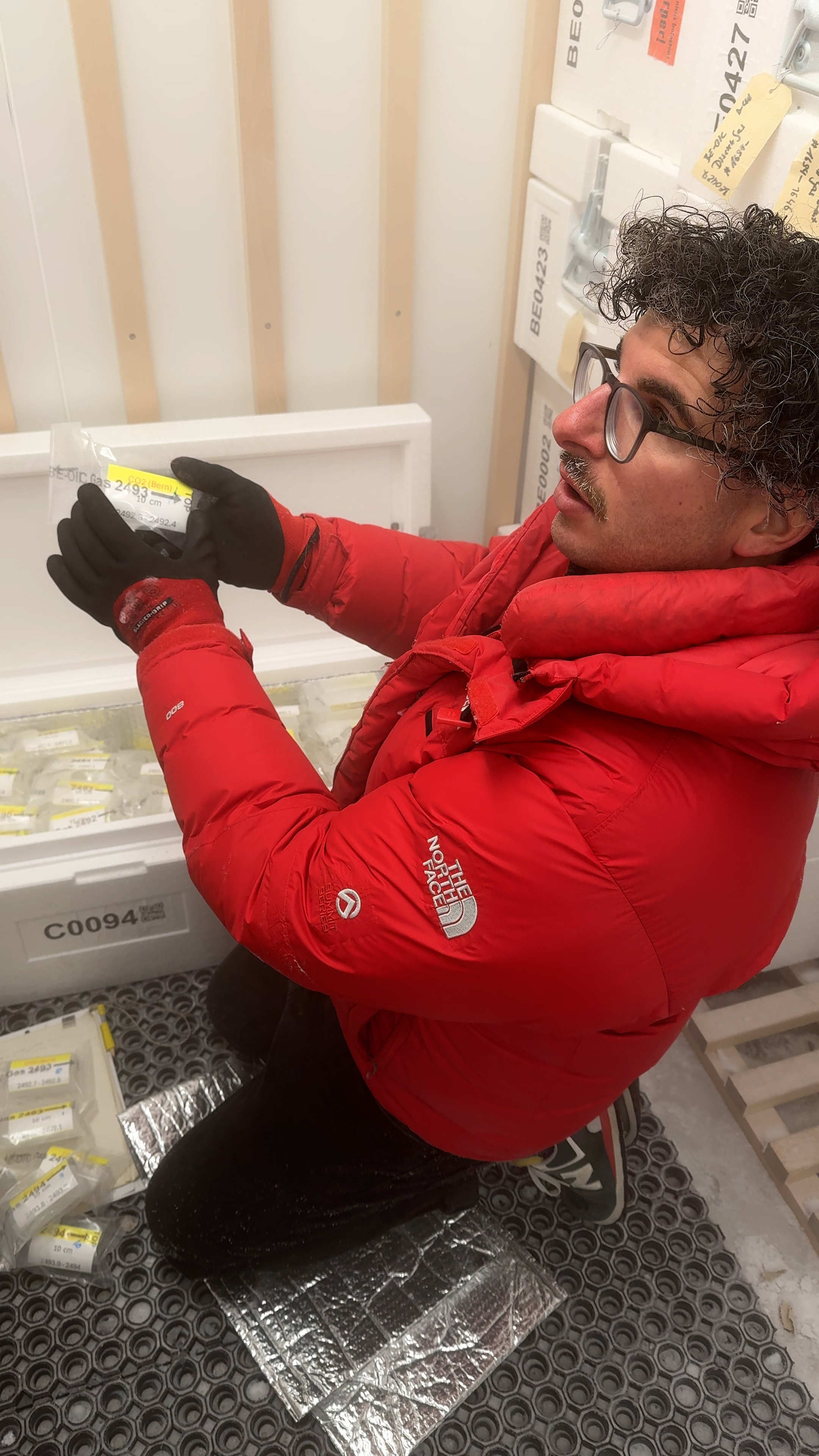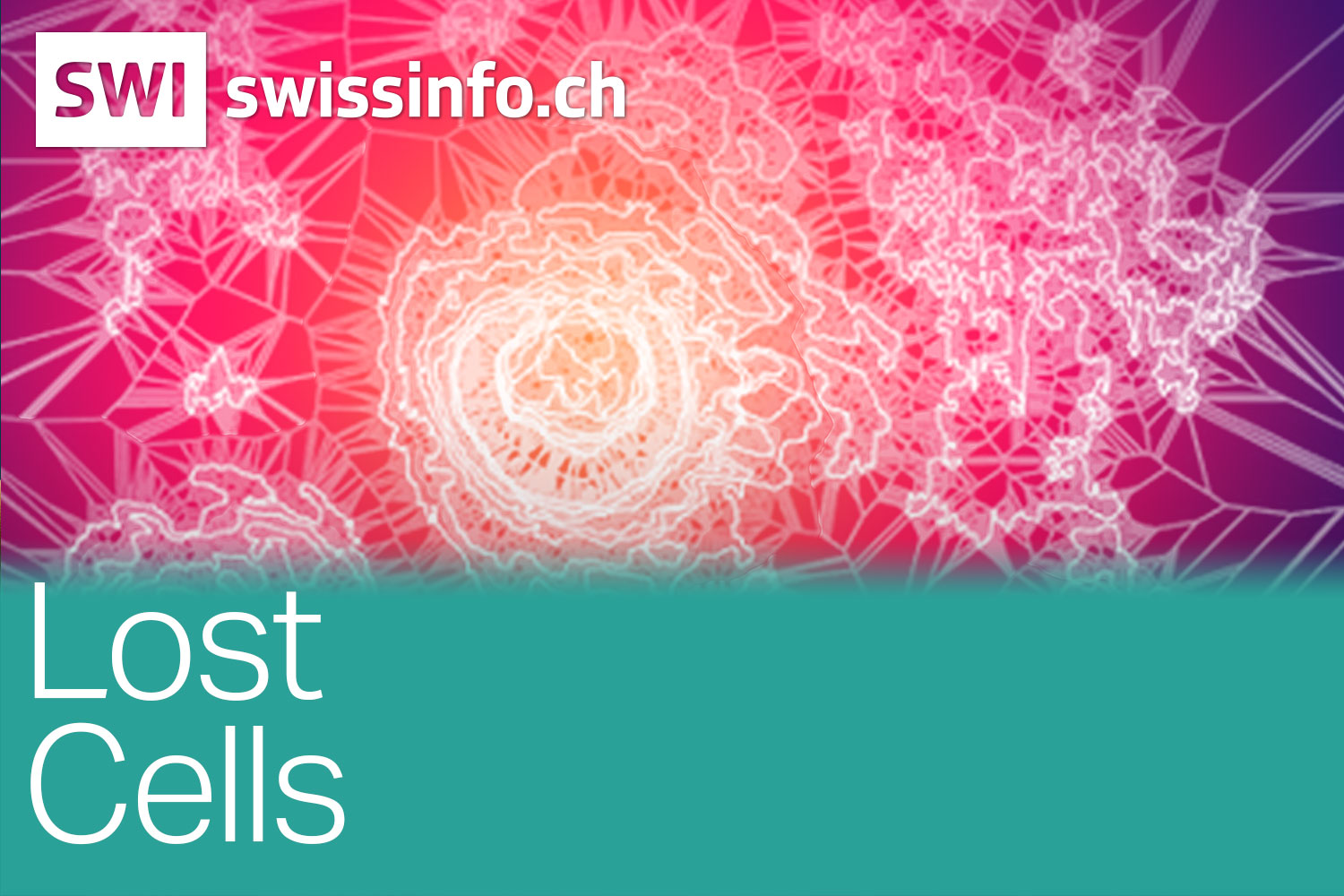
Satellite integral to understanding our origins

Scientists in Geneva have released details of a space mission which will seek to unlock some of the biggest mysteries of the universe.
The Integral satellite, due to be launched on October 17, is a key element of the European Space Agency’s (ESA) strategy for discovering what lies beyond our solar system.
An important element of this project is the Integral Science Data Centre (ISDC), in Versoix in canton Geneva. Here, the information gathered by this four-ton, five-metre-high satellite will be received, collated, analysed and made public, thanks to software specially developed at the centre.
Interface
“We are nearly ready for launch now,” said Thierry Courvoisier, head of the ISDC, an offshoot of the Geneva Observatory, the astrophysics department of Geneva University. He described his centre as the interface between the satellite and the scientific community at large.
“This is a domain in the spectrum where observations have been few and far between and we are really eager to bridge the gap,” he told swissinfo. “We are confident that Integral will make a big contribution to high-energy astrophysics.”
There is a huge amount of excitement surrounding the Integral mission, since it will be employing a range of imaging and spectroscopy never before achieved. Such powerful instruments are necessary because it will be studying gamma rays – the by-product of some of the most violent events in the universe.
Integral stands for International Gamma Ray Astrophysics Laboratory.
Extreme
“Integral will take us to one extreme – galaxies colliding and stars dying – where enormous amounts of energy are released,” said David Southwood, the ESA’s director of science.
The phenomena Integral will be studying – black holes, neutron stars, quasars and gamma ray bursts – are by their nature not hospitable places for life. But paradoxically, it is hoped the information collected will shed new light on the origins of life.
“It will allow us to see how the elements that produce life were formed,” Southwood told swissinfo. “We can’t get the full picture without going to the edge and peering over.”
Studying gamma rays will not give scientists the whole picture. Other sources of energy – X-rays and normal optical light – need to be studied to fill in the gaps. For that reason there are four key instruments on board the satellite.
Context
Two will study gamma rays: IBIS is a high resolution imaging device that will take a picture in this gamma ray light; the SPI is a spectrometer that will deconstruct this image and help to determine its origins.
But there will also be two X-ray monitors and a telescope, to put the gamma ray findings into some kind of context.
“The physical phenomena that emit these gamma rays are not always easy to distinguish,” said Courvoisier. “They produce only very broad signatures. You can only hope to understand them if you have a wide range of photons at your disposal.”
European effort
Integral is a sign of the growing confidence within the European space programme. NASA was originally involved in the project – it was meant to be supplying the spectrometer – but it decided to pull out. ESA opted not to abandon the project.
“It was an act of European will,” said Southwood. “We decided to press ahead even when the Americans pulled out. This is Europeans coming together to do fundamentally important things for our civilisation.”
However, one important outside contributor is Russia, which is launching the satellite on board one of its Proton rockets – in return for access to some of the data.
by Roy Probert

In compliance with the JTI standards
More: SWI swissinfo.ch certified by the Journalism Trust Initiative




































You can find an overview of ongoing debates with our journalists here . Please join us!
If you want to start a conversation about a topic raised in this article or want to report factual errors, email us at english@swissinfo.ch.